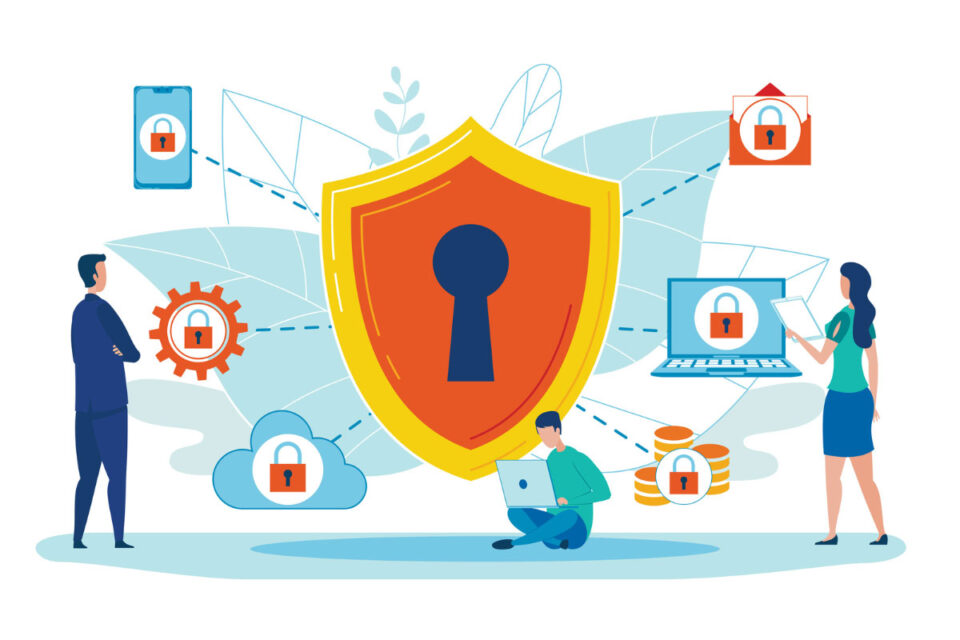
Higher Ed
Graduation Season, Simplified: Your Diploma Planning Guide
Get ahead of graduation season with our planning guide and discover how Parchment’s Diploma Services simplify everything from printing to digital delivery.
We use cookies to help you navigate efficiently and perform certain functions. You will find detailed information about all cookies under each consent category below.
The cookies that are categorized as "Necessary" are stored on your browser as they are essential for enabling the basic functionalities of the site. ...
Necessary cookies are required to enable the basic features of this site, such as providing secure log-in or adjusting your consent preferences. These cookies do not store any personally identifiable data.
Functional cookies help perform certain functionalities like sharing the content of the website on social media platforms, collecting feedback, and other third-party features.
Analytical cookies are used to understand how visitors interact with the website. These cookies help provide information on metrics such as the number of visitors, bounce rate, traffic source, etc.
Performance cookies are used to understand and analyze the key performance indexes of the website which helps in delivering a better user experience for the visitors.
Advertisement cookies are used to provide visitors with customized advertisements based on the pages you visited previously and to analyze the effectiveness of the ad campaigns.
Other cookies are those that are being identified and have not been classified into any category as yet.

With the accelerated development of technology in recent years, cybersecurity continues to be top of mind for organizations across industries, and the education sector is no exception. Today, the U.S. Government Accountability Office (GAO) reports that cyberattacks targeting K12 schools have increased dramatically worldwide — disrupting school operations and education instruction, impacting students, teachers, faculty and even parents.
Read on for an overview of K12 cybersecurity today and the solutions schools can leverage to minimize risk, enhance security measures and protect valuable data and learners.
A survey from K-12 Dive found that among lower education institutions, 47% reported an increase in the volume of cyberattacks. These growing data breaches across educational institutions are not only costly, but also put a considerable amount of sensitive and confidential information at risk.
Some of the most common techniques used by cybercriminals to target schools include:
When these attacks occur, institutions are faced with correcting the fallout and are forced to take multiple factors into account, including:
According to GAO, monetary losses incurred by school districts ranged from $50,000 to $1 million in 2022 due to expenses caused by a cyber incident. These detrimental costs are compounded by lower student satisfaction and retention levels in the long term.
Over the years, the delayed progress on cybersecurity measures and the value of sensitive data from key parties in the education sector have quickly made schools an easy target for cybercriminals. In response, educational institutions are turning to solutions for record management and verifiable digital credentials to improve learner data security and help build trusted digital identities.
Why? Verifiable credentials are tamper-resistant and privacy-preserving, using cryptography to enable learners and other stakeholders to store, protect and share data securely. With streamlined systems for record management and digital credentials, K12 schools can proactively address and prioritize cybersecurity and student data privacy issues. This ultimately lessens the burden on institutional faculty members and creates hours in the week that can be spent on higher-value work.
With the growth of these digital solutions in mind, how can organizations find a partner they can trust?
Developments in cybersecurity are continuously evolving, making it essential for educational institutions to stay proactive in their security measures — and solutions from Parchment can help.
Our comprehensive academic credential management platform is easy to apply and offers streamlined and systematic integrations to lighten the load on your teams. At Parchment, we understand future-proofing your school’s cybersecurity requires continuously looking ahead, so our solutions are always evolving to keep pace with ever-changing industries and security needs.
Our best-in-class solution enhances internal efficiencies, increases capacity, automates operations and consolidates systems without sacrificing quality output — all while promoting compliance with applicable laws such as the Family Education Rights and Privacy Act (FERPA).
Are you looking for a secure and trusted credentialing solution that is consistently evolving to meet the needs of all key parties? Talk to us today to get started.
